How the luxury watch boom has rolled into 2022: timepieces are selling out at Hermès and other brands, while Watches and Wonders returned to Geneva as the pandemic eases
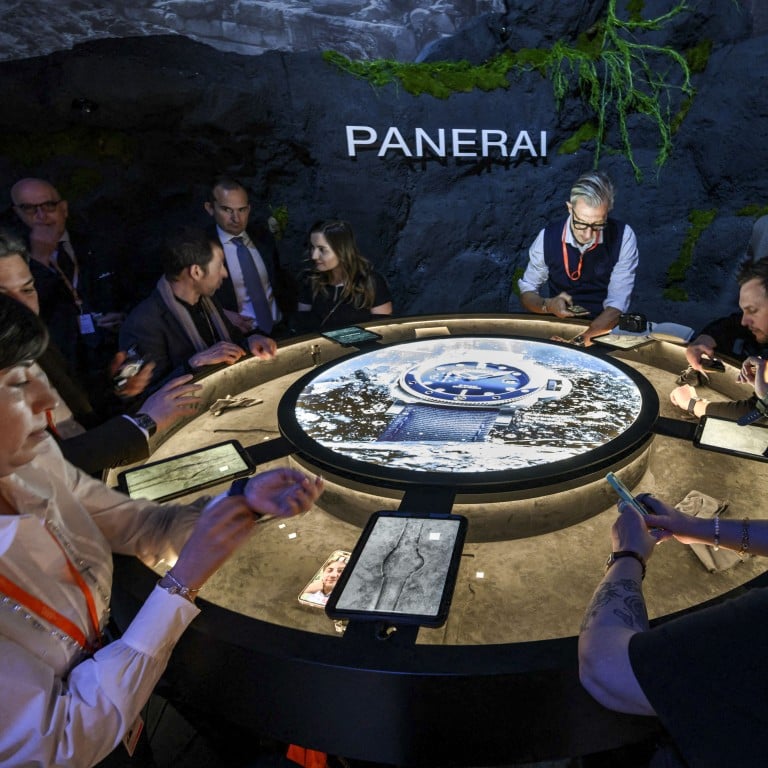
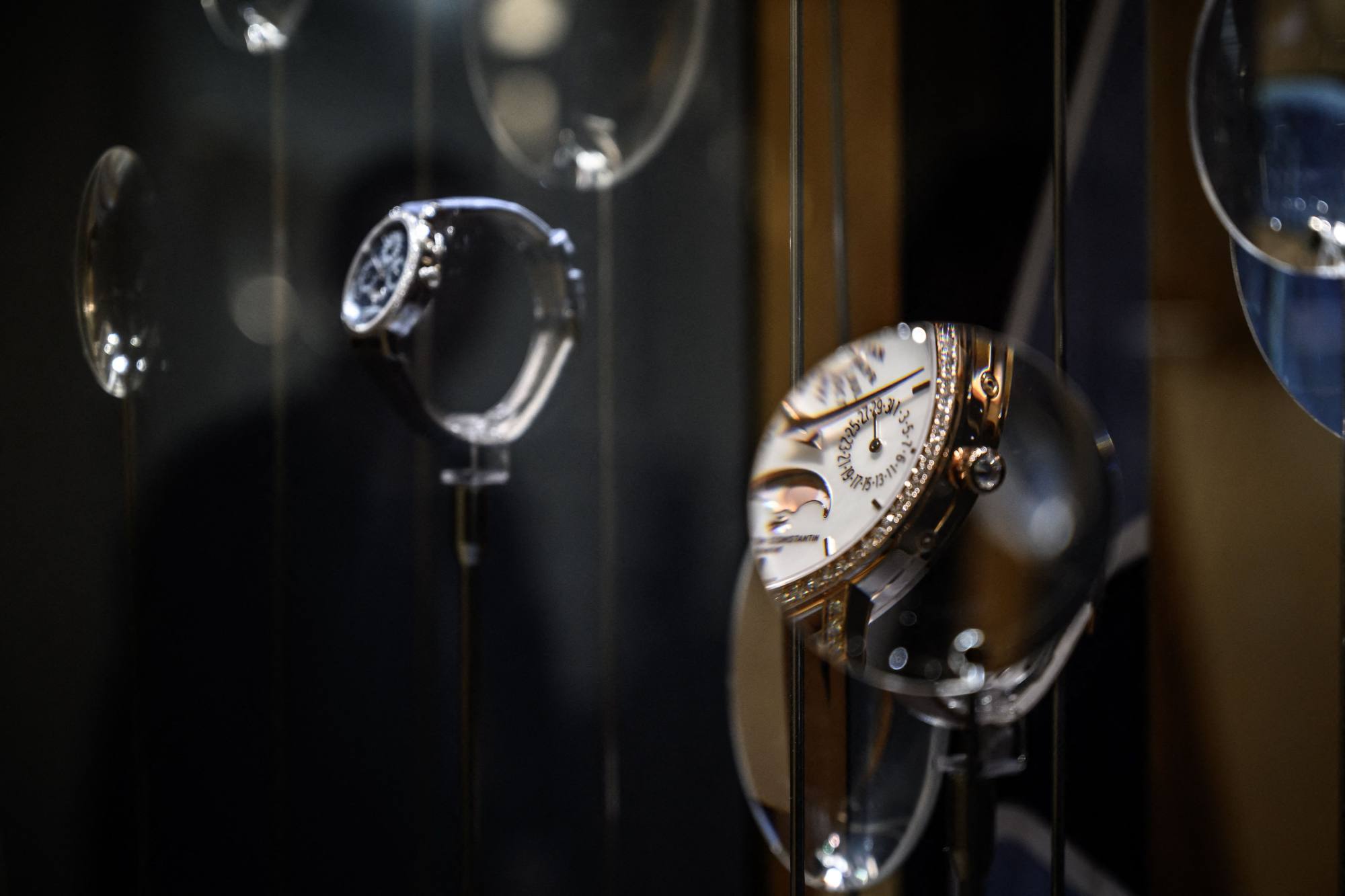
After the pandemic severely hit the global economy in 2020, the sector enjoyed a spectacular recovery last year and started 2022 with a bang, though Russia’s war in Ukraine created new uncertainties.
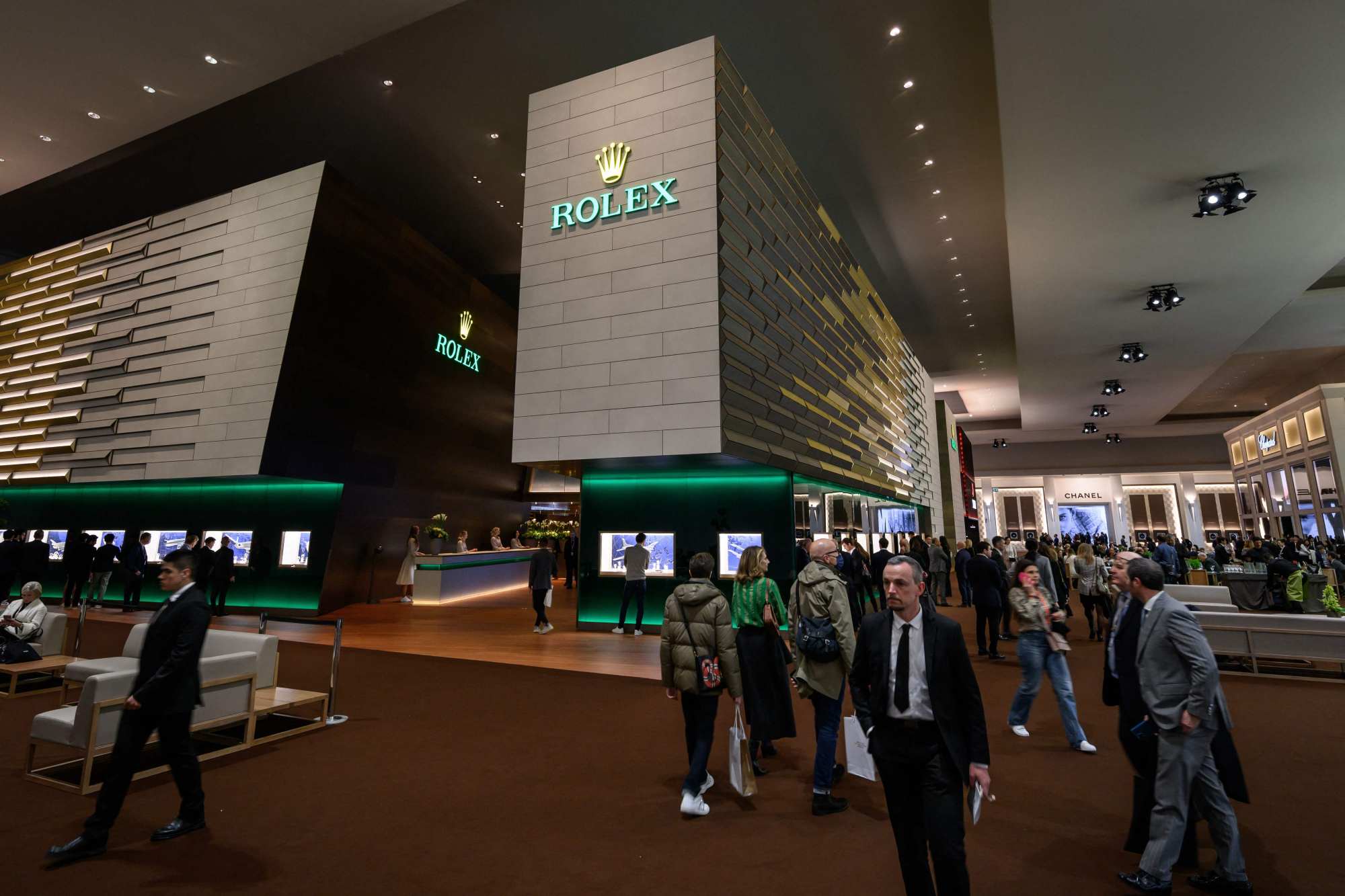
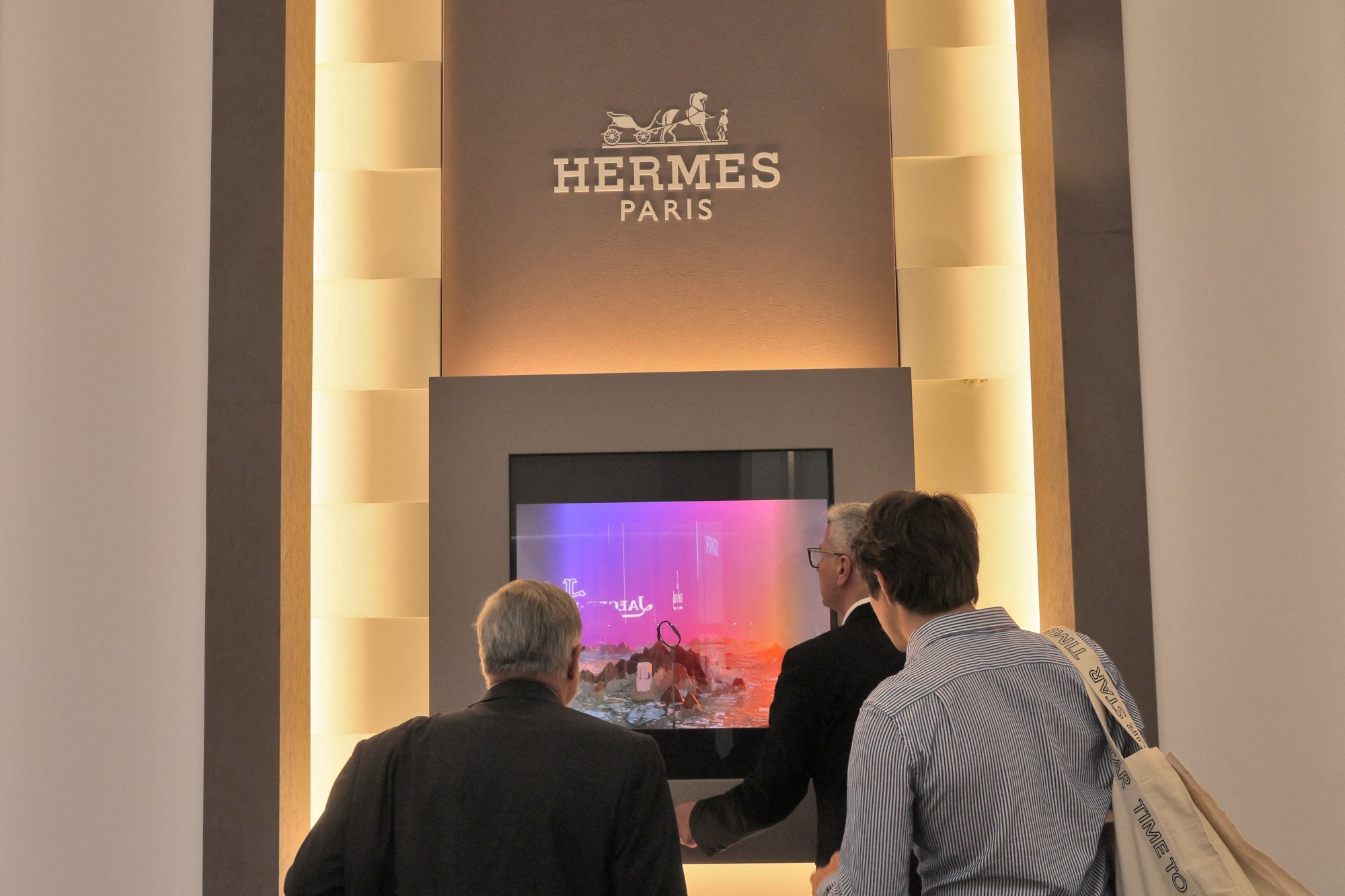
“We had an extraordinary year in the watches business,” Hermès vice-president Guillaume de Seynes said at Watches and Wonders in Geneva, which took place from March 30 to April 5, one of the industry’s biggest annual showcases.
“We can feel a very strong dynamic for watchmaking everywhere in the world,” he said, adding that there was hot demand for a men’s watch model last year.
“We could have even sold more if we had been able to make more,” de Seynes said, noting that watchmakers face a “demand phenomenon that exceeds production capacity”.
His priority for 2022 is to invest in production.
Inside Mark Wahlberg’s crazy rich life: from Air Jordans to blinging watches
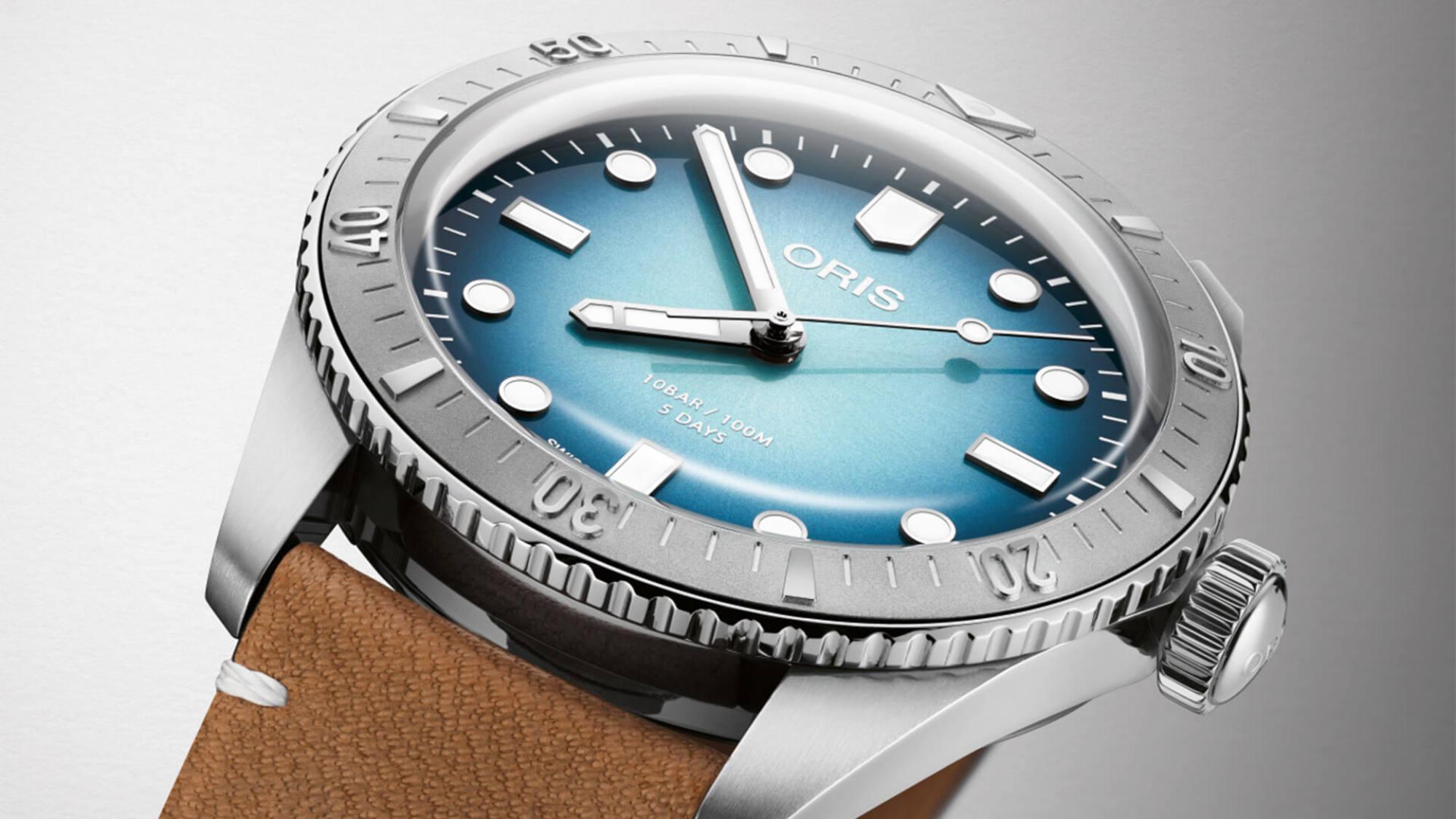
The Oris brand also had “a very strong year”, said its chief executive Rolf Studer.
Oris watches range between 1,800 and 7,200 Swiss francs (US$1,940 and US$7,800).
The watch was supposed to come out last summer but is only launching now.
“We planned too conservatively,” Studer said.
“So we decided to keep the movements for the watches that were already out instead of launching new models and not being able to supply existing models already on the market,” he added.
Why do Gen Z and millennials love second-hand luxury watches?
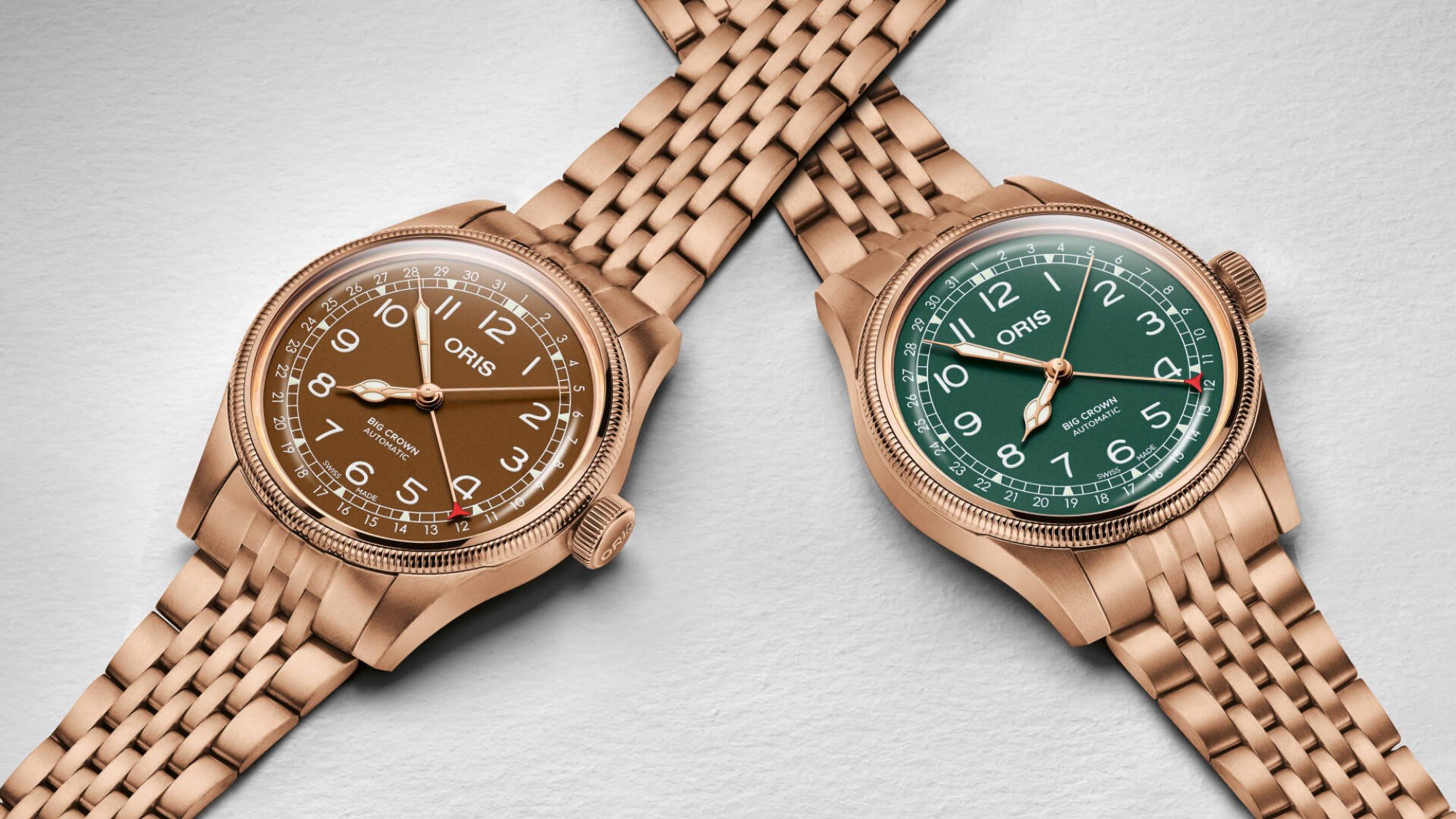
Swiss watch exports rebounded last year, rising by 31.2 per cent after a 21.8 per cent contraction in 2020, when countries closed borders and went into strict Covid-19 lockdowns.
Exports have not only exceeded pre-pandemic levels – they beat their previous record from 2014, too.
They went up by almost 16 per cent in the first two months of this year, according to industry data, though the recovery has been seen only in watches worth more than 3,000 Swiss francs (US$3,200).
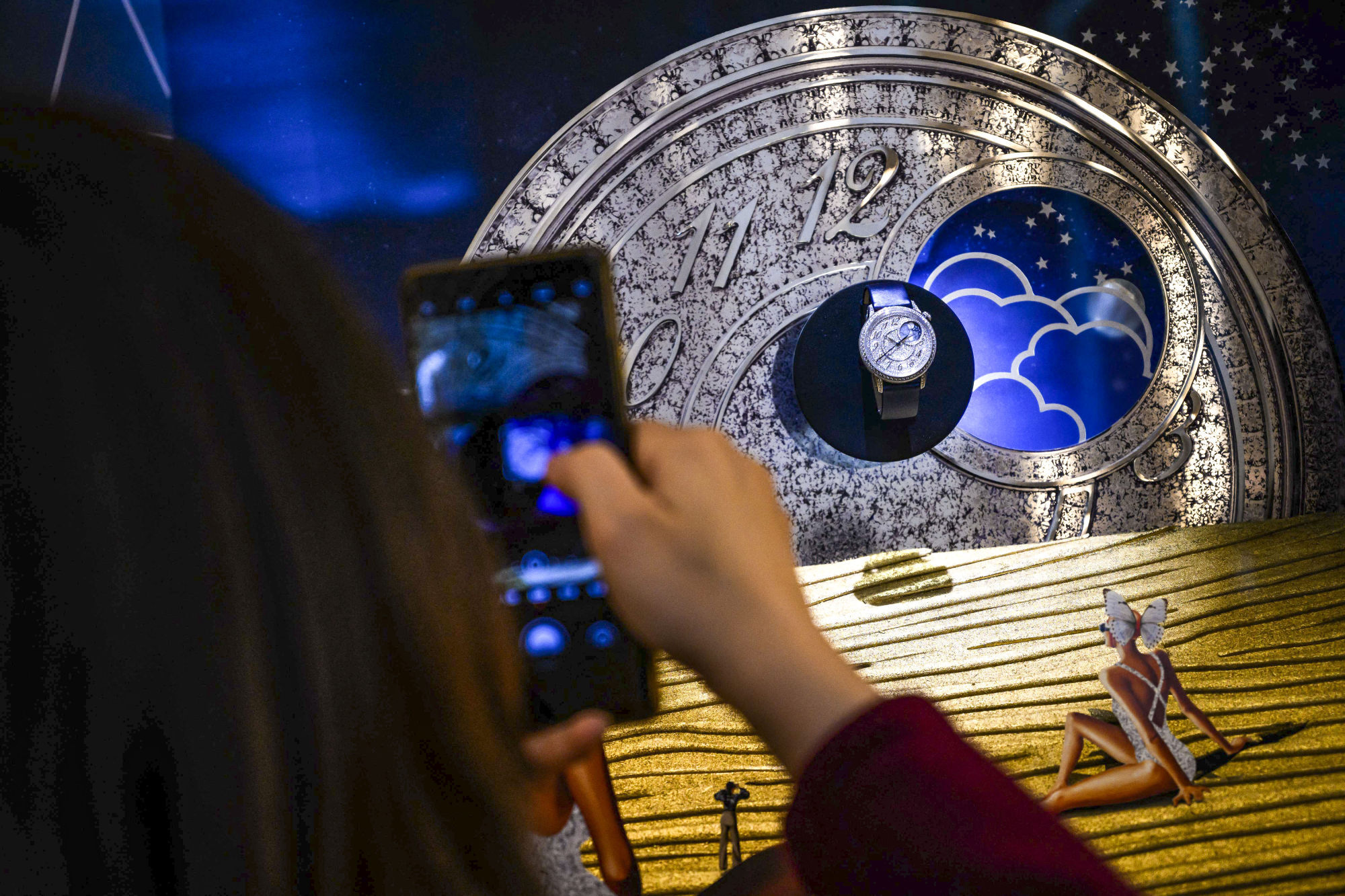
But the industry can surely rely on long wait-lists for higher-end timepieces.
4 luxury French fashion giants stopping business with Russia
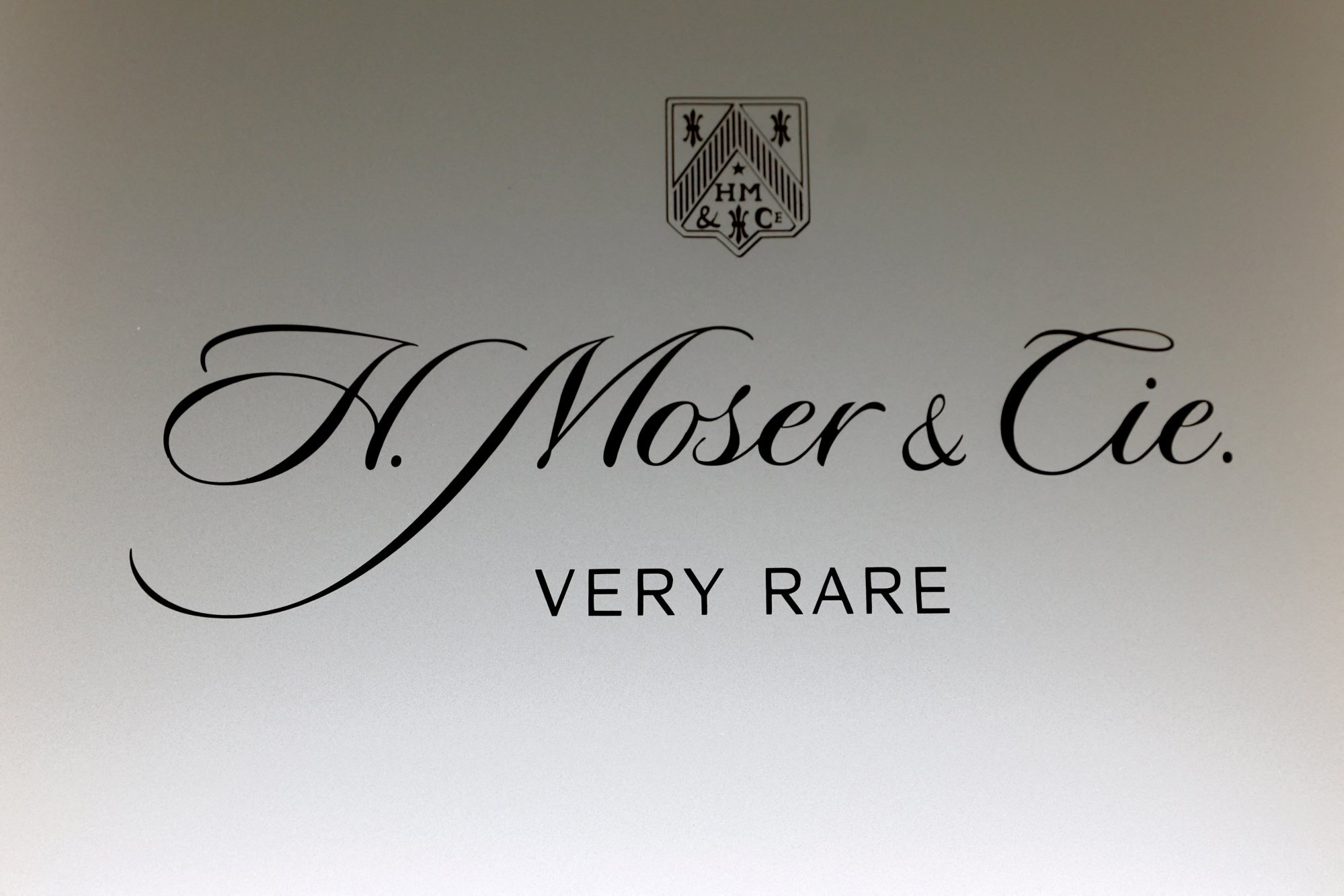
“Since we didn’t have enough watches for other markets, we will sell those that won’t be delivered to Russia elsewhere,” Edouard Meylan, CEO of H. Moser & Cie, said.
All of his 2022 production is already pre-sold to retailers and partly prepaid by final customers.
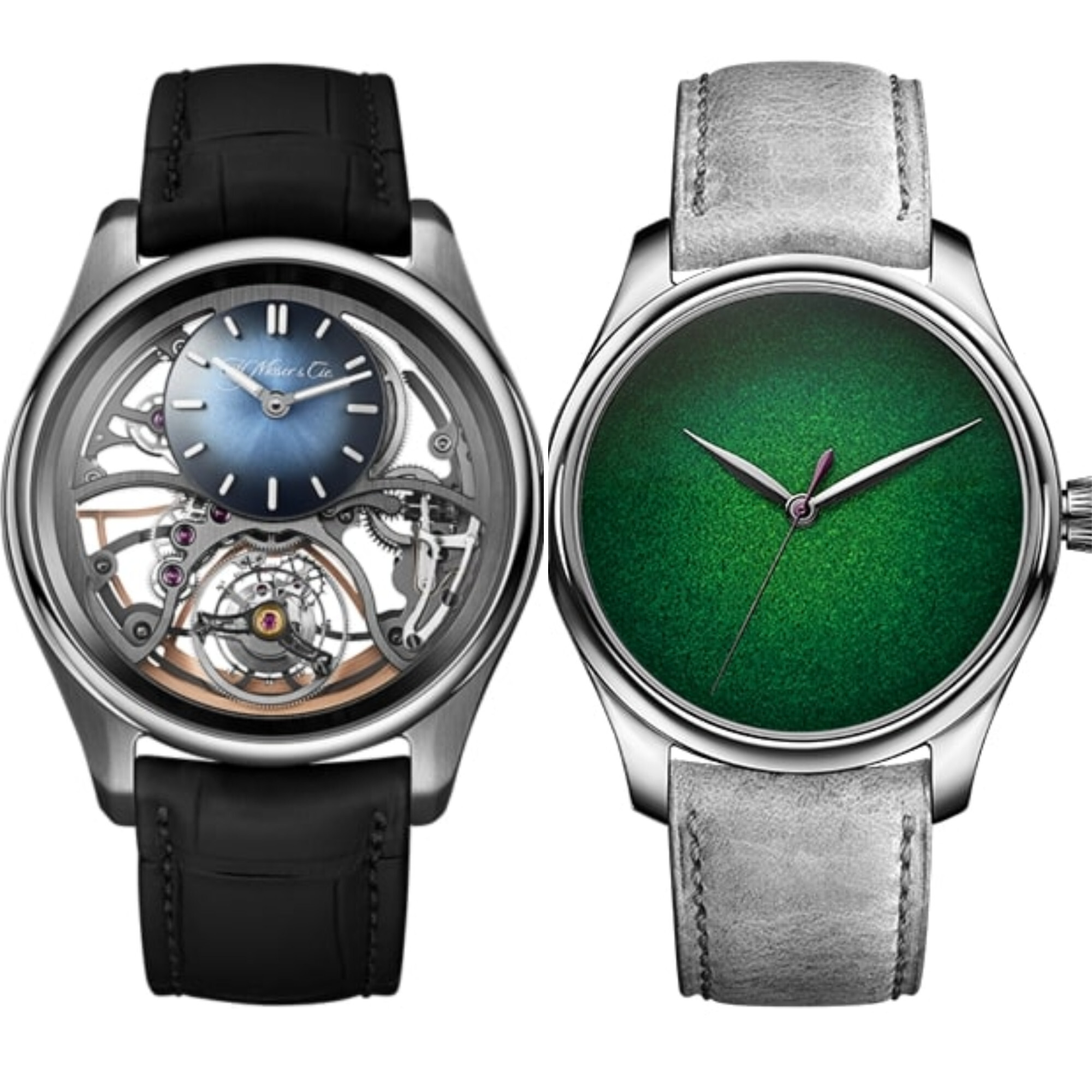
H. Moser only makes 2,000 watches per year at an average price of 45,000 Swiss francs (US$48,500). The watchmaker is even rejecting orders for timepieces that require a more than two-year wait.
STYLE Edit: Panerai’s stunning his and hers Luminor Marina and Due watches
“There’s uncertainty that can be created in other markets, particularly financial markets,” Meylan said.
“But we would have to have a big crash for an independent brand like ours to be affected,” he added.

- Hermès vice-president Guillaume de Seynes saw an increase of 73 per cent in its watch division, while H. Moser & Cie’s 2022 watches sold out in pre-production
- Demand outweighed supply for Oris too, causing delays to the release of its latest collection – but now brands have sanctions against Russia to contend with